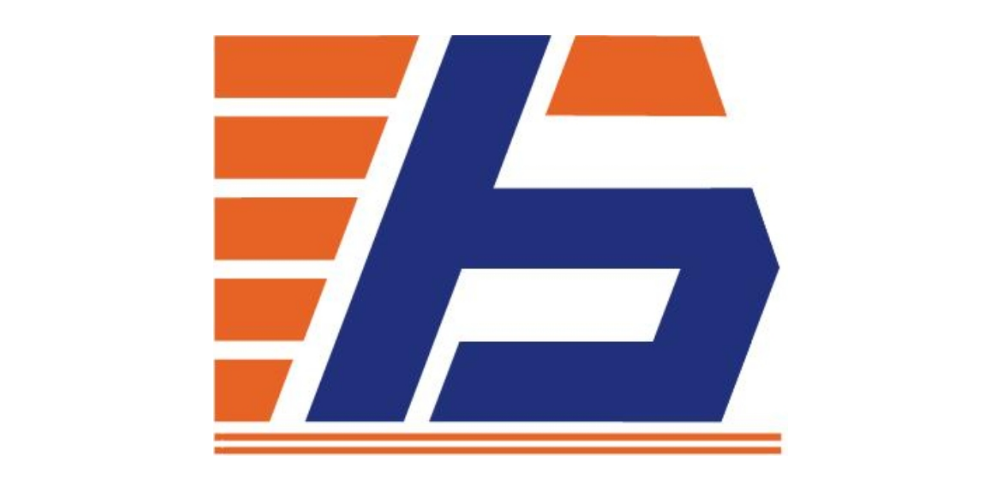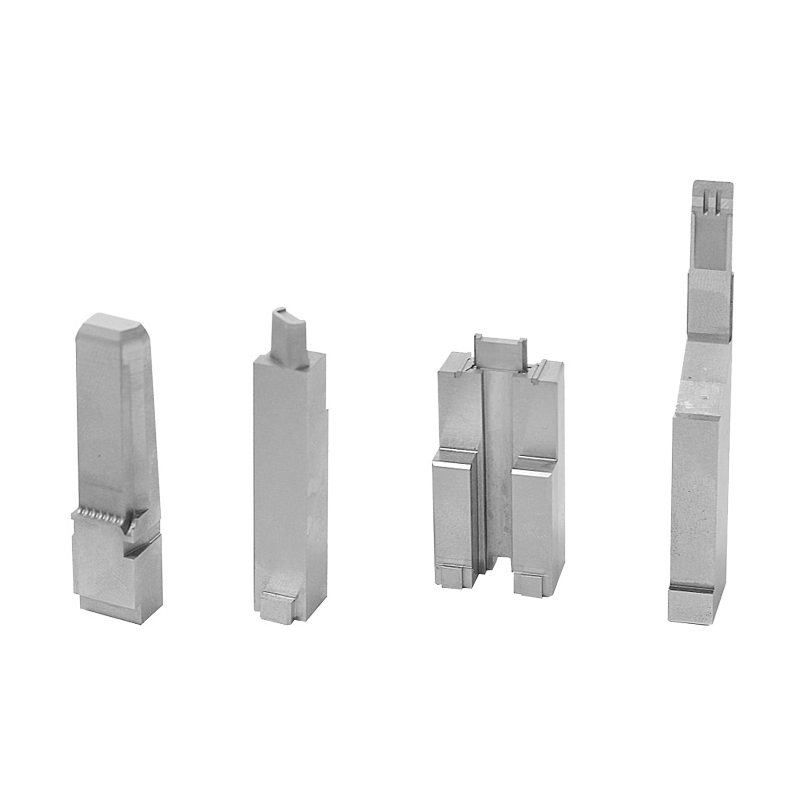
date:2023/08/11
There are 6 craftsmanships in CNC precision metal parts processing that maintain strict requirements for government officials. CNC machining machinists like to see such equipment: +/- 0.005". Five thousandths of an inch is an exercise for any good machinist-they You might as well close your eyes and polish it. But those jobs are more demanding. Add another zero, and now you have: 0.0005". Holding your five tenths is a completely different story. This is the difference between the thickness of human hair and white blood cells. When it comes to strict government service, here are some suggestions to maintain your part specifications.
1. The spindle warms up to maintain critical tolerances
Run a warm-up program-although this is the standard program for most CNC machines, research and run some more troublesome things. A typical procedure only preheats the spindle, which is essential for applying smooth grease to prevent premature bearing wear. However, you also need to allow the internal components to reach a stable operating temperature to cope with thermal expansion. Now, if you only want to maintain strict service on the Z axis, all of this is accurate, but if you combine the spindle preheating with the movement of the machine on all axes, it will help to go further. The machine is allowed to run for 10-20 minutes, all parts move and the parts reach the dream temperature, and it will help reduce the effect of thermal expansion during milling time. No matter what, at the end of the warm-up, make sure to accurately measure all the equipment and maintain strict government service.
Tool selection may be a factor in maintaining strict service. Use rough machining equipment for "rough machining" to reduce the wear of finishing tools and maintain accuracy.

Choose your equipment carefully-when you are dealing with these intolerable bureaucratic servants, you must have the equipment that suits you. You need to ensure that you have specific equipment for roughing and finishing, so that the roughing tool can receive wear, while the finishing tool only saves a later process, so as to ensure the repeatable process of creating accurate parts.
3. Strictly tolerated compensation
Compensate for your equipment-equipment manufacturers are not happy, so the equipment they design is a bit tolerant. They know that if you want to use their equipment to do something, if the size of its reduction performance is too large instead of too large, you will be more happy. It's the same as shaving your head: you might as well take more rest, but you can't let it go. Knowing this, you need to make sure that the first thing you do when configuring an accurate job is to dial your essential equipment diameter. You might as well do it in a variety of ways, but my first choice is to mill a feature, and then use accurate equipment to verify the size. Very simple-if you use a 0.236 inch tool to insert a 0.250 inch hole, only a 0.248 inch gauge pin can be inserted, then your tool size will be reduced by 0.001 inches (because the size of each side cannot be small, so use half value).
4. Maintain the temperature of the tight service
Thermal stability-This is one of the important things on the list, because it can make a huge difference, and you might not even pay attention to this. Please pay attention to the location of your mechanical location. Is it close to the window, and if so, at certain times of the day, does sunlight reflect on it? Does the air-conditioning system start in the afternoon and blow cool breeze in the cabin? Are your raw materials stored in a stuffy warehouse, Then enter the cold 68° environment? These all seem innocent, but they will create huge difficulties in your process. The thermal expansion or contraction of the milling machine or cutting material may make a big difference in your machining process. Put all of these on lock-in-maintain your machinery and raw materials in a temperature-controlled climate, free from the influence of sunlight, and you will harvest rewards-uniformity in your process.
Hardware
5. Maintain the calibration of the tight government
Calibrate your equipment-when you have done all the above things, but all you need is *that* more rigorous, research and call the manufacturer. After a machine is built, transported, dropped from a truck, moved, stabilized, and used for thousands of hours, things will be transferred and processed. This cannot be prevented. Fortunately, there are a few pieces of equipment, whether it is a granite block or a Renishaw Ballbar, that can assist in pulling the elastic mechanical reins to help maintain the government. We like to conduct a club test and adjust it as part of the annual care, so you may wish to maintain a close relationship with the accuracy of the machine. Otherwise, the implementation of these annual services can ensure that the bearings are tight and smooth, the belts are properly tensioned, and the drive motors run well-these are all important factors for accurate machining of machinery.
6. A linear scale used to maintain tight government service
If everything fails, scale!-If you have finished all the work on this list and are still trying your best, then it may be time to study the use of linear scales to obtain machinery. Your typical CNC machine tool will use the drive motor encoder as the key way to track its absolute position, but this may be due to the shortcomings of the ball screw or the temperature difference. Linear rulers change all of this-usually installed in the workshop, they consist of two important parts-the ruler and the reading head. In short-a scale is like a high-precision ruler that a machine can read, constantly checking and adjusting errors. On our M10Pro, it is possible to complete 25% more stringent positioning services, increase repeatability by 20%, and reduce backlash by 85%.